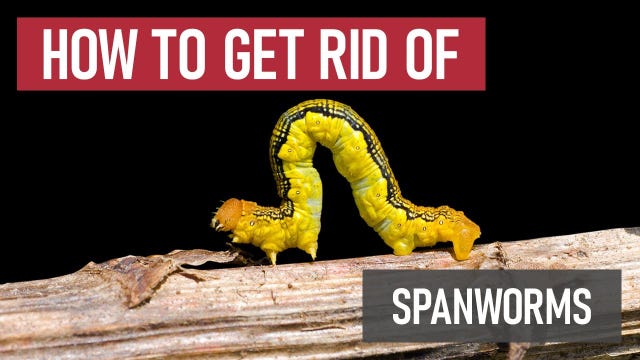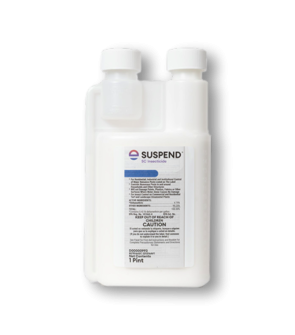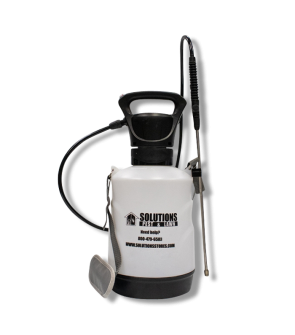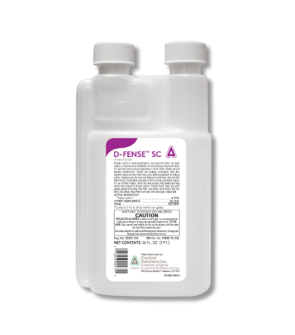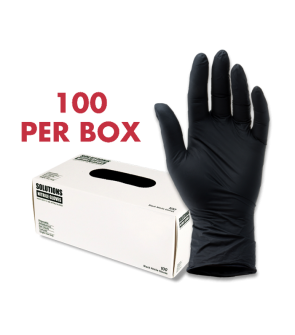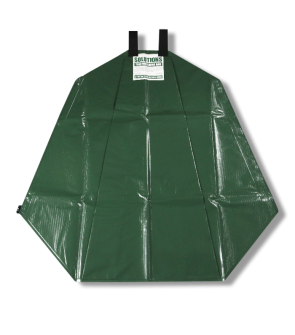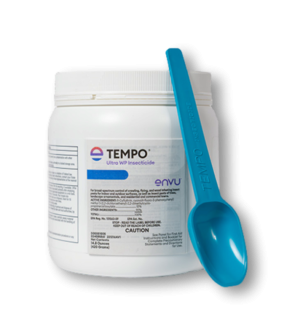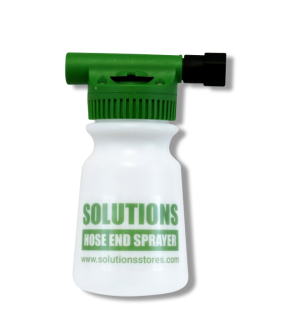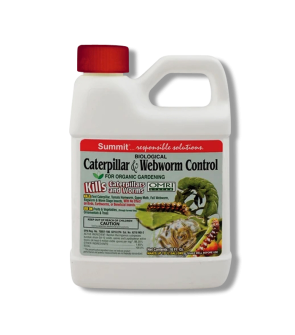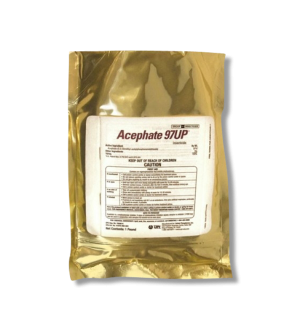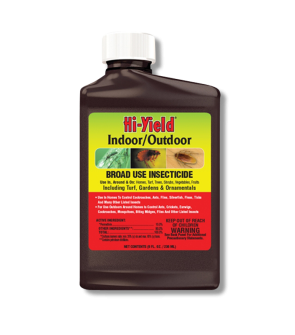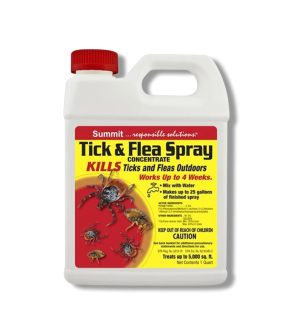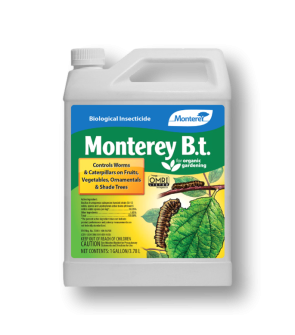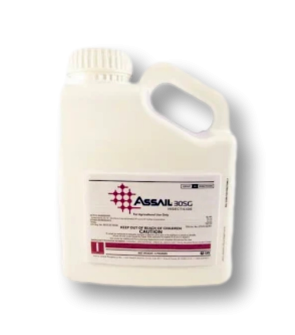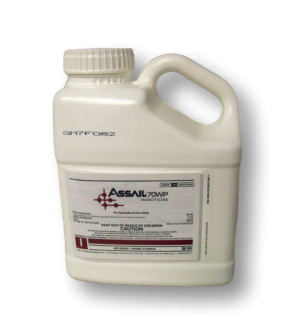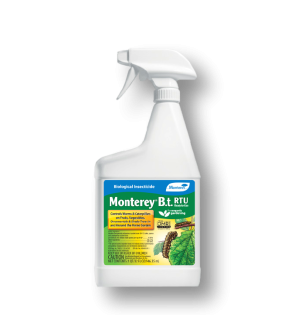Gain access to personalized product screening, the best pricing, rewards, and more!
Most Effective Products
Spanworm Control: How to Get Rid of Spanworms
This article is a general spanworm control guide. Using the recommended products and methods will help you completely control spanworms. Follow this DIY guide and use the recommended products; we guarantee 100% control over spanworms.
Multiple insect species can cause problems for trees and shrubs, but none so troublesome as the spanworm. These pests, especially during their caterpillar form stand out for their voracious plant consumption and ability to attack a wide variety of vegetation.
Spanworms, also known as measuringworms, geometers, inchworms, loopers, or cankerworms are often seen in large numbers. If left untreated, they can reach a significant population size leading to major defoliation and damages for plant owners.
In most cases, it's best to control the spanworm infestation before it reaches these large numbers. In this DIY guide, you will find professional tips and products to control and prevent spanworms in and around your plants.
Identification
Before proceeding with treatment, you will need to be certain of the type of pest you are dealing with. Careless identification can lead you to use the wrong or infective pesticides, wasting your time and money. While spanworm species will vary in some of their features, they will share some common characteristics as explained below:

- During its larvae (caterpillar) stages the spanworm will have long, thin bodies with two pairs of fleshy legs near their rear. An average full-grown caterpillar will measure 1.5 to 2 inches long. Some species will have tufts or slender hairs across its body.
- Ranges from white, gray, brown, green, yellow, or orange in coloration. Depending on the species, they may have white spots, black spots, stripes, or other markings. The head capsules vary from rust-colored to light-green, or yellow.
- At maturity, spanworms become geometer moths. These moths have slender bodies that grow up to 1 inch in length. They also have two pairs of wings and are generally white, yellow, brown, gray, or orange-yellow with wavy patterns. The wing edge may be gently curved or unevenly scalloped based on the species.
Use the image and description above to help you correctly identify a spanworm. If you are unsure of the pest infesting your plants, contact us with a photo or bring a sample of the pest in a ziplock bag or container to one of our store locations.
Inspection
Once you have confirmed spanworms on your property, you can proceed with the next phase of control which is inspection. While it may sound simple, inspection is an important process that helps determine where to apply your products and avoid unnecessarily using them, thus increasing maximum elimination and cost.

Where to Inspect
Spanworms are found in a variety of trees and shrubs and specific plant types depending on the species. Typical plant types these pests will infest are maples, oaks, birches, cherry trees, elms, willows, poplars, snowbushes, serviceberries, and witch hazels.
They are occasionally found on the buds, leaves, flowers, or fruit of the foliage.
What to Look For
From mid-May to early June, adult spanworms will begin to breed and lay eggs. During the month of June, spanworm caterpillars will emerge and feed on the leaves of plants.
Certain spanworm species such as the bruce spanworm, you may see from late fall to early winter months (November to December).
The feeding from the caterpillars can cause the leaves to become skeletonized or completely missing from the plant. Most spanworm caterpillars are seen in large numbers feeding at night.
During the day, they will hide in rolled-up leaves or cling to a plant stem towards the base of the plant.
If you spot spanworm caterpillars you will notice they move by arching their backs and pushing forward with their front end in a distinctive looping motion hence the nickname inchworms.
Treatment
Before beginning any type of pesticide treatment, you will need to wear the proper personal protective equipment (PPE) when mixing and applying chemicals.
To control the spanworm population, you will need to remove parts of the plant infested with spanworms. We also recommend applying insecticides containing Bacillus thuringiensis (B.t.), spinosad, tebufenozide, deltamethrin, azadirachtin, methoxyfenozide, or chlorantraniliprole.
Generally, most spanworm species will begin to breed and emerge during May so we recommend making insecticidal applications during this time.
Step 1: Prune
 Pruning the parts of the plant where you have noticed spanworm activity and where there is condensed or overgrown foliage to reduce their numbers.
Pruning the parts of the plant where you have noticed spanworm activity and where there is condensed or overgrown foliage to reduce their numbers.
If there are dead or discolored foliage leaves, stems, flowers, or fruit it would be best to prune away to encourage plant recovery and new growth.
Step 2: Spray D-Fense SC

D-Fense SC Insecticide is an odorless deltamethrin-based insecticide that controls pests, including spanworms on commercial and residential areas. Once the solution has dried, it will create a 2-3 month residual barrier against listed pests.
Determine how much D-Fense SC Insecticide to use by measuring the square footage of the treatment area. Find the square footage by measuring the treatment area's length and width in feet, then multiplying them together (length X width = square footage).
It will need to be mixed with water in a handheld pump sprayer, backpack sprayer, or hose-end sprayer.
To get rid of spanworms in trees, a hose-end sprayer would be best. To eliminate spanworms in shrubs and evergreens a backpack or handheld pump sprayer would suffice.
Apply 4 to 8 oz. of D-Dense SC Insecticide per 100 gallons of water to remove spanworms from ornamentals.
Once your solution has been mixed, completely spray all plant surfaces including the top and bottom of leaves until wet, but not to the point of runoff.
Spraying this product at the first sign of pest activity will ensure greater control.
Do not allow people or pets to enter the treated area until surfaces are dry.
This product may be applied to landscape ornamentals, including trees, shrubs, evergreens, and foliage plants.
Prevention
After successfully eliminating spanworms from your property, you will want to ensure these pests do not return. Here are some preventative measures we suggest following to keep spanworms away.
- The most effective form of preventative control is to continually monitor plants, especially during the spring when you begin to see adult moths. Prune overgrown parts of the plants and areas where you see it condensed as spanworm caterpillars prefer these sites. If you spot discolored foliage parts it would be best to remove it as well to boost the plant's health.
- Ensure your plants are well-cared for and have optimal health by regular watering and fertilization. Depending on your ornamentals, we suggest watering with no more than one inch of irrigation once per week. Preferably, watering in the early morning is recommended to avoid potential leaf burn and evaporation from the sun during the day. The Solutions Tree Watering Bag would help to aid in the watering of trees. This tree watering bag will deliver 20 gallons of water directly to the foliage slowly for the next 8-10 hours. Place 1 Solutions Tree Watering Bag around trees with a diameter of up to 3 inches. Zip 2 of the Solutions Tree Watering Bags together for trees 4 to 8 inches in diameter. Wrap the bag around the tree trunk with the tag facing outward and zip the ends together from bottom to top. Fill the bags to the desired level. Most trees will need to be watered once a week.
- Install row covers or insect-proof mesh to protect fruit-bearing crops from certain spanworms species. Be sure to gather fallen fruit to limit food sources for this pest.
- Finally, you will need to keep up with regular applications of D-Fense SC Insecticide to maintain year-round control. D-Fense SC Insecticide will leave a residual that will control spanworms and other listed pests for 2-3 months, so we recommend making applications quarterly.
Key Takeaways
What Are Spanworms?
- Spanworms are serious destructive pests that consume large quantities of foliage during the early evening and night.
How to Get Rid of Spanworms
- Getting rid of spanworms will begin with pruning where you have seen these pests or signs of their activity and applying D-Fense SC Insecticide.
Preventing Spanworm Reinfestation
- Prevent spanworms from returning to your plants with ongoing maintenance such as pruning, watering, fertilization, and quarterly applications of D-Fense SC Insecticide.






